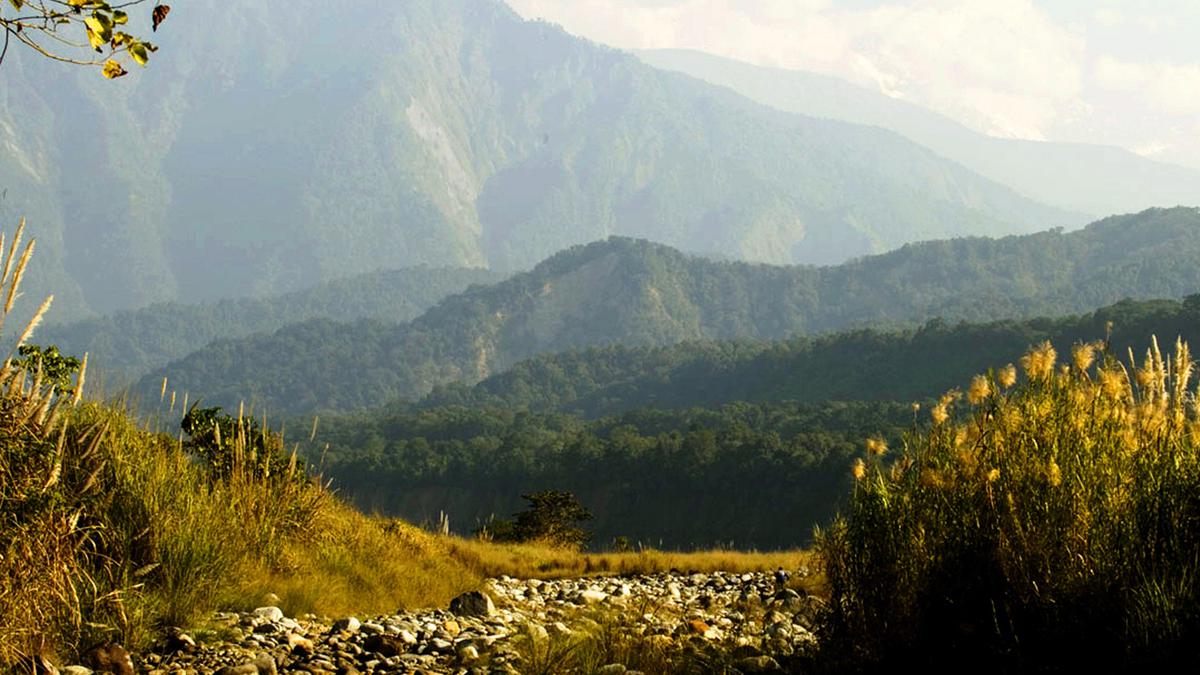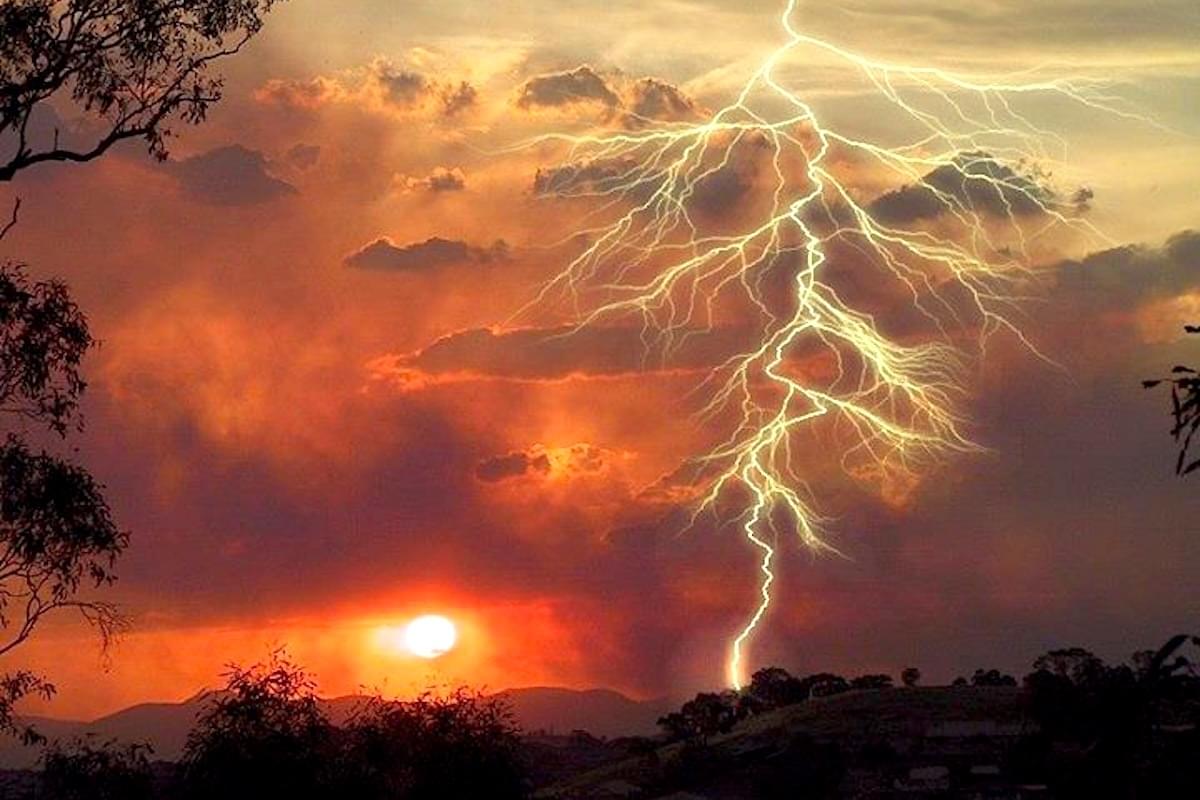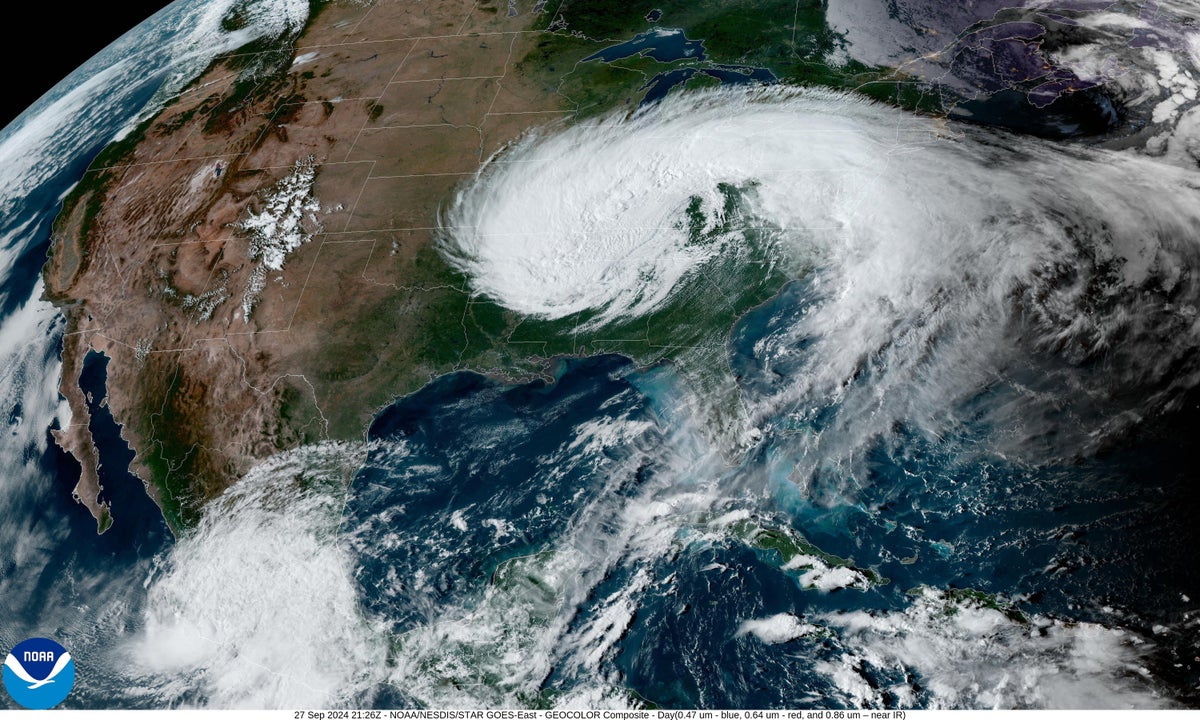8,000-pound sloths once roamed North America. Where’d they go?
The extinct mammals were about five times larger than a grizzly bear–and filled caves with their poop. The post 8,000-pound sloths once roamed North America. Where’d they go? appeared first on Popular Science.

Giant sloths used to roam all over North America. Over 10 times bigger than today’s sloths, many lived on the ground instead of in the trees and their closest living relatives are actually armadillos and anteaters. The largest of these ancient animals were those in the genus Megatherium–roughly the size of a modern Asian bull elephant and weighed about 8,000 pounds.
But how did they grow so large–and why did they shrink down? A new analysis of over 400 fossils found that these sloths evolved three times and that climate changes and increased pressure by early humans wiped out the enormous mammals. The findings are detailed in a study published May 22 in the journal Science.

So many sizes
In the new study, the team analyzed ancient DNA samples and compared more than 400 fossils from 17 natural history museums to try and figure out how they grew so large.
“They looked like grizzly bears, but five times larger,” said Rachel Narducci, a study co-author and the collection manager of vertebrate paleontology at the Florida Museum of Natural History.
Ground sloths greatly varied in size. The fairly squat and chunky Shasta fed on cacti in the deserts of North America, while the mighty Megatherium could use a long tongue like a giraffe’s to rip leaves off of tree tops. Those that developed an affinity for tree climbing much like today’s bear-faced slowpokes lived entirely in the tree canopy. Tree-dwelling sloths weighed in at about 14 pounds, compared to 174 pounds for the ground sloths.
It’s obvious that life in trees requires a weight limit. Branches break when there is too much weight on them and tree sloths have reportedly survived 100 foot falls. Since even a moderate drop can cause severe damage, it makes evolutionary sense for a body to be as small as possible.
What is less obvious to paleontologists is why ground sloths grew to such enormous sizes in the first place. The size may have been helpful for finding food or avoiding predators. Ground sloths appear to have had an affinity for cave dwelling and their size likely played a role in finding and making shelter. The more moderately sized Shasta ground sloth favored the smaller natural caves embedded into the cliffsides of the Grand Canyon. These little caves were also convenient places to poop. In 1936, paleontologists found a mound of fossilized sloth poop, bat guano, and packrat middens over 20 feet thick in a cave near Lake Mead.

The larger sloths were not just restricted to lives in pre-existing caves. Their claws were among the largest of any known mammal, and they could use them to carve their own caves from rock and earth. Several of the caves that they left behind are still adorned with claw marks along the interior walls.
A sloth family tree
The scientists combined the data on the shape of fossils with DNA from both living and extinct species to build out a sloth tree of life. It traced sloth lineage all the way back to their origin over 35 million years ago. They then added what decades of research has found about where sloths lived, their diets, and whether they were climbers or walkers.
Since sloth size was a major question, they measured museum fossils to estimate the sloth weight.
“We [the Florida Museum] have the largest collection of North American and Caribbean-island sloths in the world,” said Narducci, who took several measurements of 117 limb bones.
With all of this data in tow, the team imported it into an analysis software and got their answer. Habitat type has primarily influenced size differences among sloths–and climate change by extension.
“Including all of these factors and running them through evolutionary models with multiple different scenarios was a major undertaking that had not been done before,” Narducci said.
[ Related: Our bravest ancestors may have hunted giant sloths. ]
Volcanoes and shifting temperatures
The sloth dynasty coincided with some life-altering changes in Earth’s climate. About 20 million years ago, a large rift opened up between present day Washington state and Idaho, south through parts of Oregon and Nevada. Magma boiled out of this hole, leaving a nearly 600,000 cubic mile scab that is still visible in some places along the Columbia River. These rock pillars have a distinct hexagonal shape, which was caused by the way in which the magma hardened and cracked as it cooled.
This volcanic event lasted roughly 750,000 years and aligned with the Mid-Miocene Climatic Optimum–a period of global warming. The warming was likely caused by all of the greenhouse gasses emitted by the volcanic eruption.
Sloths responded to this slow-burn chaos by getting smaller. This might be because the warmer temperatures brought increased precipitation, which allowed forests to expand–creating more habitat for the smaller sloths. Additionally, size reduction is a common way for animals to deal with heat stress and has been seen in the fossil record on several different occasions.

Spanning the continent–until the end
For about one million years after the volcanic activity calmed down, the world remained warm. Then, a longstanding pattern of cooling that continued in fits and starts up to the present. The sloths also changed with the temperatures.
The more temperatures dropped, the bigger they grew. They eventually branched out into the Andes mountains, open savannas, deserts, and the forests of North America. One called Thalassocnus lived in the arid strip of land between the Andes and the Pacific and it foraged for food in the ocean.
“They developed adaptations similar to those of manatees,” Narducci said. “They had dense ribs to help with buoyancy and longer snouts for eating seagrass.”
Ground sloths met the challenges of these diverse environments by bulking up.
“This would’ve allowed them to conserve energy and water and travel more efficiently across habitats with limited resources,” Narducci said. “And if you’re in an open grassland, you need protection, and being bigger provides some of that. Some ground sloths also had little pebble-like osteoderms embedded in their skin,” Narducci said, in reference to the bony plating that sloths had in common with their armadillo relatives.
The larger bodies helped sloths contend with cooling climates. They reached their greatest stature during the Pleistocene ice ages, shortly before they largely disappeared about 15,000 years ago.
What really led to the giant sloths’ demise is still debated, but hunting and pressure by early humans cannot be ruled out. The sloths were not fast or well-defended 15,000 years ago, and would have likely been an easy target for early humans. After all of the ground-dwelling relatives had gone extinct everywhere else, two species of tree sloth in the Caribbean held on until 4,500 years ago.
The post 8,000-pound sloths once roamed North America. Where’d they go? appeared first on Popular Science.
















































































































































